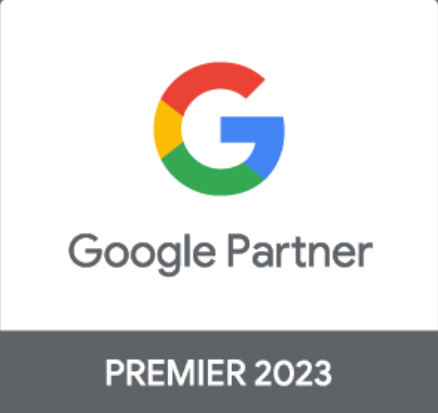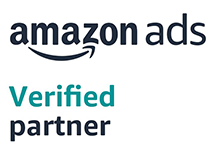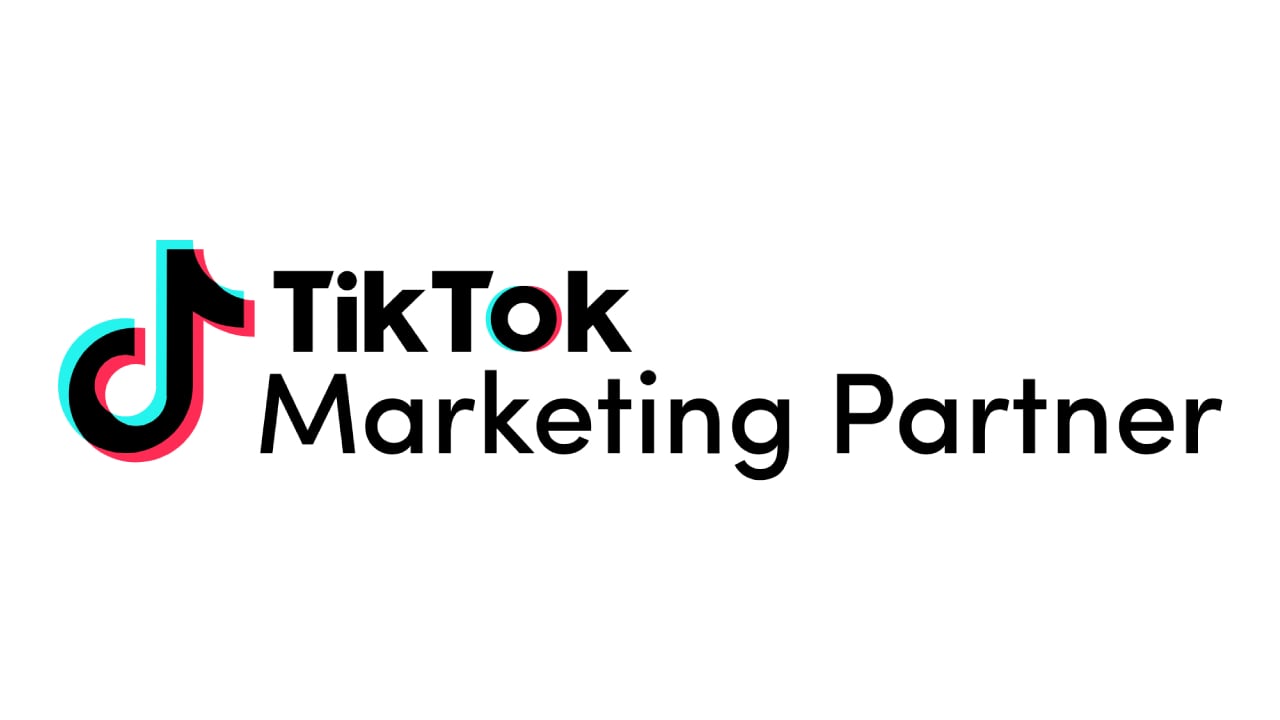Setting up an ecommerce site is a challenging job, as you must check, cross-check, and test numerous items to ensure that your customers are provided with quality user experience. You must set up all of these things to make the most efficient online store possible, from an easily accessible website, fast checkout module. If you don't, you may end up with broken links, unfinished product page content, or a difficult-to-use checkout process.
Why is website flow important?
A good website flow helps in improving the user experience, ultimately leading to better conversions rates. If your ecommerce website doesn’t appeal to your audience, you may lose customers if your site contains broken links, unfinished product page content, or a checkout process that isn't user-friendly
Here is a list of things you need to check in order to make sure the website is an ideal e-commerce website :
Product Page-
Your product page is the most important page on your website. This is where most of the conversions take place. If your customers encounter barriers or difficulties during their customer journey, it can greatly affect their decision to buy from your brand.
- Make sure you have a size chart available.
- Have a product recommendation section.
- Build customer trust by implementing customer reviews above Recommended Products and keep minimum reviews listed as this gives the user confidence to purchase the product. Avoid negative reviews on the product page.
- Ensure there are there no Pop-Ups Claiming offers
- Check if there are products under every category
- Having a sticky add to cart button on the Mobile view helps achieve higher conversion rates.
- Avoid additional options like 'Subscribe' or 'Add to Wishlist'
- Show 'Add To Cart' instead of 'Add to Bag'
Cart Page-
According to Baymard, an average cart abandonment rate is 69.82%, while retail, fashion, and travel industries posted a higher abandonment rate of 81%. Shopping can be simplified with a cart page. Consumers can check out everything in one go rather than paying individually for every item they purchase. In addition to convenience, users can also save a lot of time when shopping. This is especially beneficial if the users are purchasing multiple items on the website.
- Remove any extra CTA buttons E.g - About us, Contact us etc.
- Check for social media links that lead the user away from the website
Checkout Page-
A 2018 study by Baymard Institute looking at the reasons for abandonments during checkout took data from 41 separate studies, and concluded that the majority of checkout abandonment occurs because extra costs are too high (shipping, taxes, and other fees), account creation is required, and the checkout process is unnecessarily complicated.
- It is recommended to have COD enabled. Also, if your website has additional COD/Shipping charges then it is advisable to add the same to the product price instead of showing it separately at the checkout which might lead to abandoned carts.
- If you wish to show COD charges separately then ensure you mention it in the text on the landing page of the website.
- Have Guest Checkout enabled.
- Remove any extra CTA buttons from the checkout page
- A checkout button should be visible on every page of a website so that visitors can find it and make a purchase. It should be easy to locate and visible, which will increase conversion rates.
- Offer free shipping and mention the estimated delivery duration.
- Check if the Payment page has multiple payment gateways
Pro tip:
It is recommended to have a single pixel configuration on the website since it can help in accurate event tracking by creating the most relevant audience without duplication.
Website Audit:
To enhance the quality of the content on the website to reduce the overall bounce rate and get good traffic to the eCommerce website. Get your eCommerce website audited and identify the key areas on website which requires optimization to increase conversion rates by 200%. Get FREE Adyogi Audit done for your website and get suggestions to improve your views per session, add-to-cart rate, transaction rate and so on.
Launching your own website is not simple. It is very tedious work. Make sure you have the right tools, a detailed plan, and stay organized throughout the process. Doing so will reap fruitful benefits of your new site!





-1.png)






